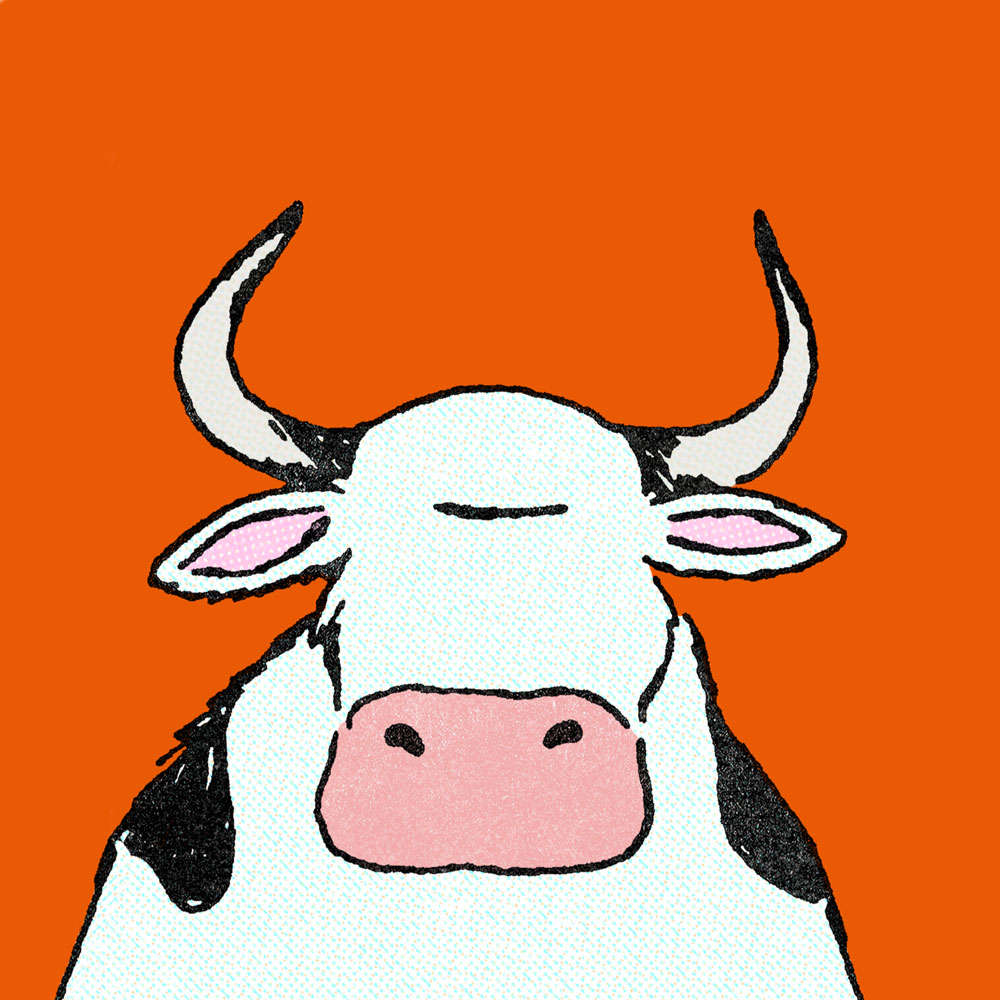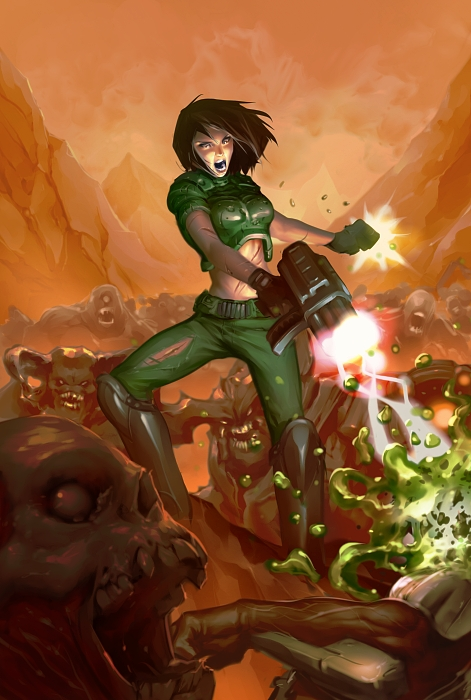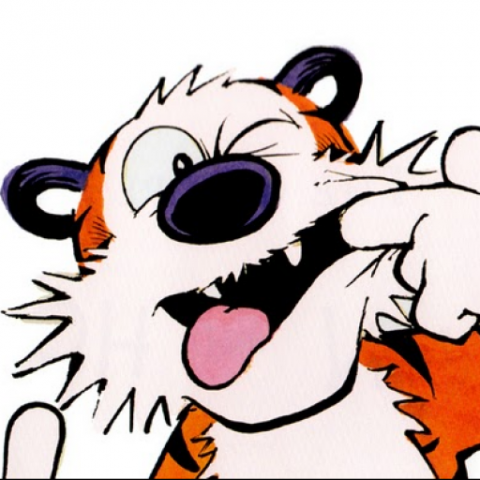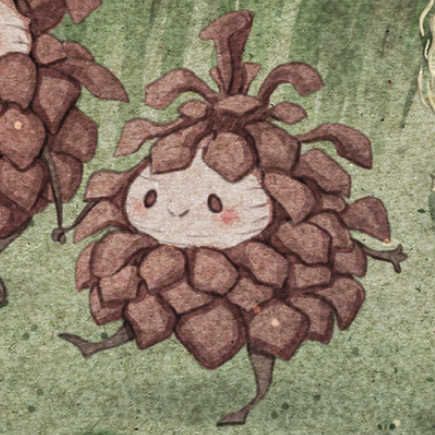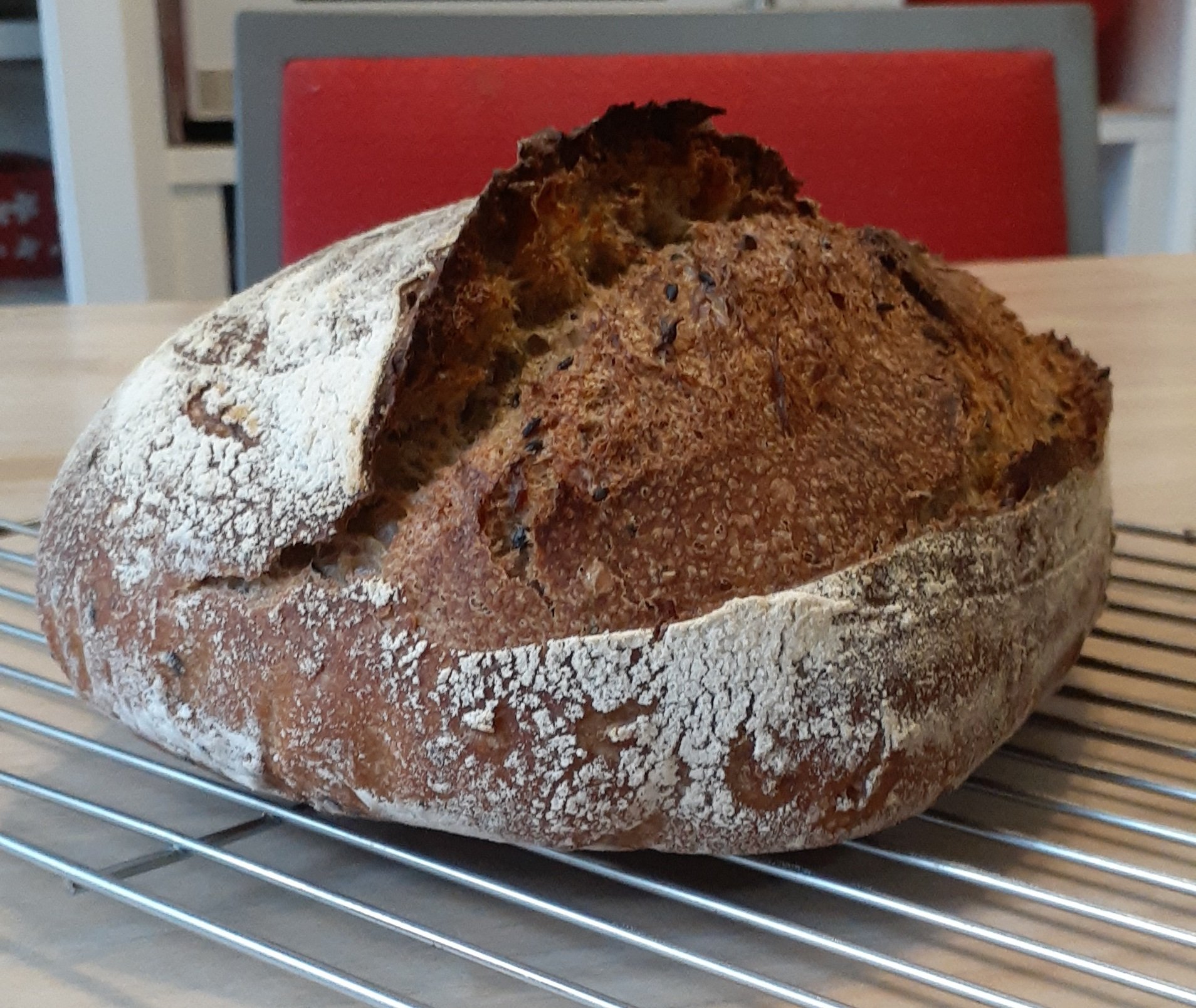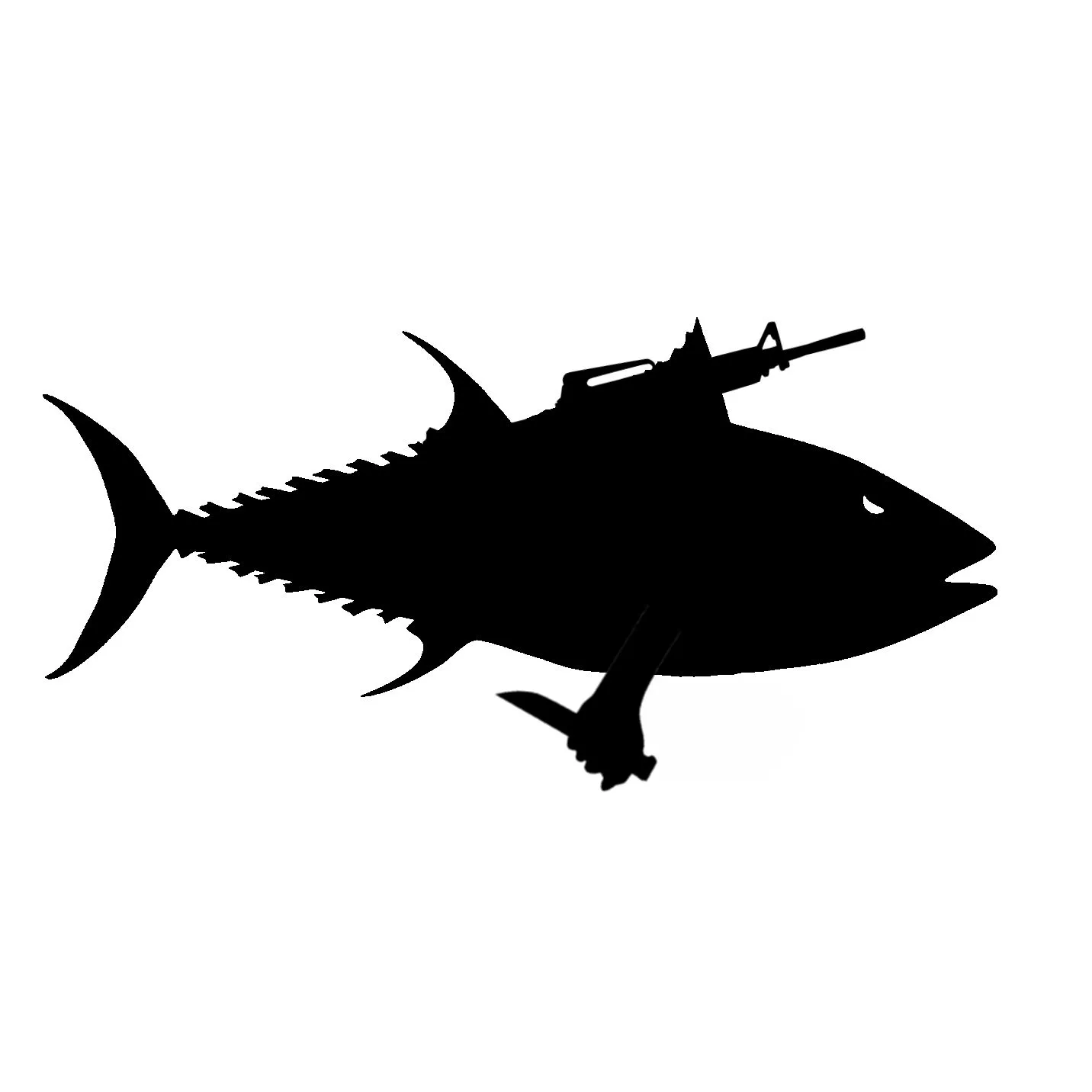… is Charlie brown threatening to euthanize snoopy‽
Garfield is also looking rather… Threatening, somehow.
There’s a Monday right outside the frame.
I’m so sorry Jon
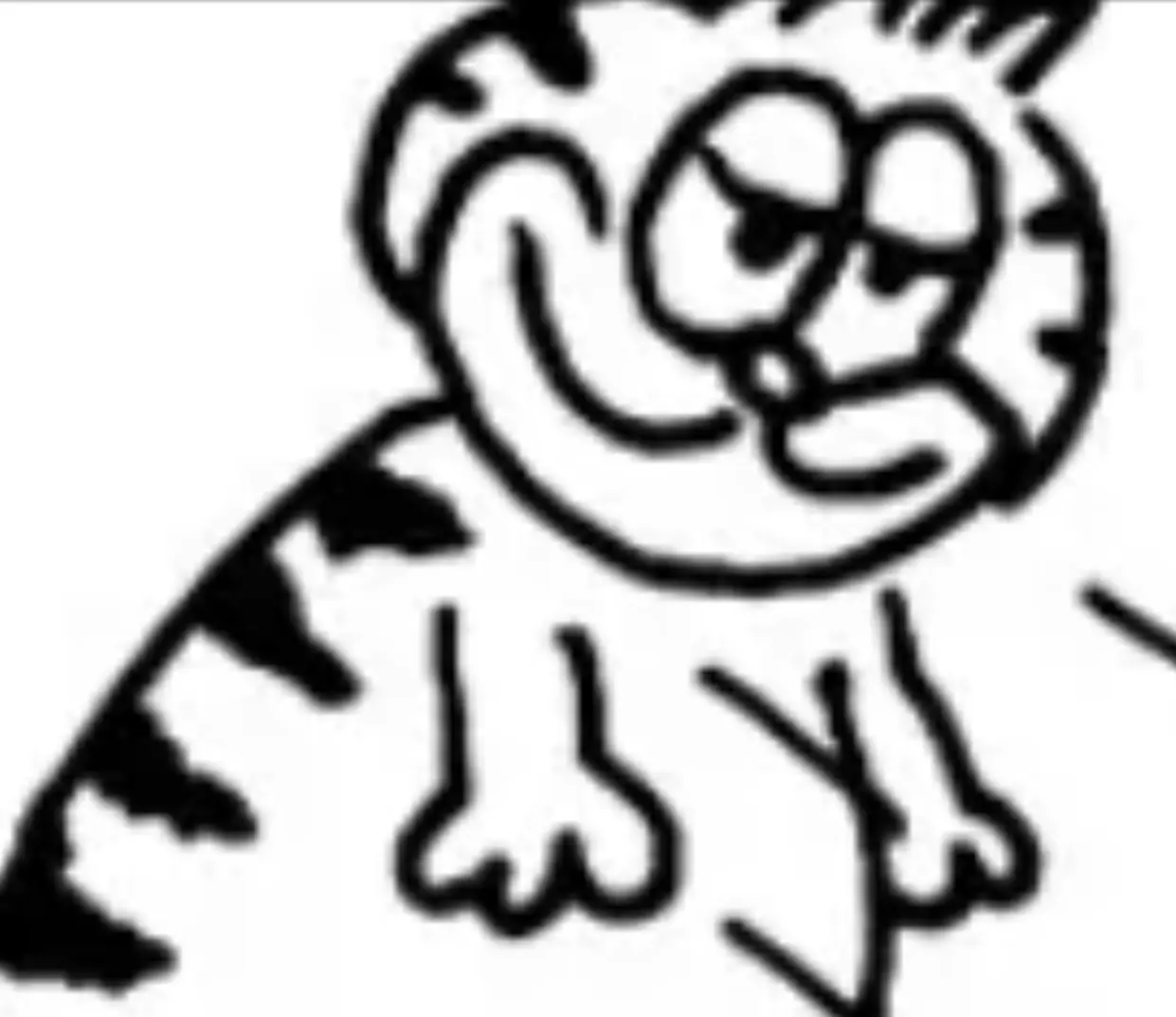
Who, me?
well it’s less funny when you say it like that
Your user name looks much like an answer to this question, that took me a second.
Also looks like Hobbes is mauling Calvin in the top left.
That happens regularly in C&H
That cow knows its surveillance tools.
Tag yourself, I’m Cathy shouting about her diet.
I’m Larson being spied on by myself
I’m the reel-to-reel tape.
I’m Pogo being just generally bemused by everything
Pogo is the most underrated comic ever and virtually unknown today. Dude had serious balls too, portraying McCarthy as a weasel during the height of the House Un-American Activities Committee in the early 1950s.
Extremely influential too.
[Bill Watterson talks about Walt Kelly’s influence on him] (https://www.post-gazette.com/ae/art-architecture/2015/03/15/Bill-Watterson-speaks-at-last-How-Pogo-and-Peanuts-books-inspired-the-creator-of-Calvin-and-Hobbes/stories/201503150037) (gross, paywall, I bypassed it with Firefox Reader mode)www.post-gazette.com
Bill Watterson speaks: How ‘Pogo’ and ‘Peanuts’ inspired the creator of ‘Calvin and Hobbes’
Mar 15, 2015 1:00 Am
6 - 8 minutesCalvin and Hobbes creator Bill Watterson, 56, spoke with Jenny Robb, curator and associate professor at the Billy Ireland Cartoon Library & Museum at Ohio State University in an extensive, in-depth interview in “Exploring Calvin and Hobbes: An Exhibition Catalogue” (Andrews McMeel Publishing).
Although Mr. Watterson’s strip was syndicated for only 10 years, from 1985 to 1995, his published collections remain wildly popular and young parents are reading them now to their children, introducing a whole new generation to the duo’s escapades.
Following is an excerpt from their conversation.
Jenny Robb: How exactly did you learn to draw cartoons? Did you ever have any classes or formal art training? Or training in cartooning?
Bill Watterson: No. There were no classes in cartooning then. Cartooning was what you did to avoid classes. And it’s funny: Although I’m certainly glad cartoons are finally getting some respect as an art, I’m fairly ambivalent to see cartooning as a legitimate academic offering. If comics need to be deconstructed and explained, something is really wrong with them.
I found a “Pogo” book in fifth grade, at a library book sale. I picked it up, thinking my dad might like it, but I ended up keeping it. My parents had liked “Peanuts” and “Pogo” around their college years in the mid-’50s. Those strips were a little bit edgy for the time, more intellectual, new and different. I think the first “Peanuts” books I read were just lying around in the house. But for years afterward, I asked for “Peanuts” books for Christmas and birthday presents, and I eventually amassed all the old Holt Rinehart books. Each book was a dollar, and I remember the agony of deciding which one to buy with my own money.
JR: Was “Calvin and Hobbes” an instant success, or did it grow slowly? When did you know it was a hit?
BW: I think the strip launched with about 35 papers. That’s not a big start, but some of those papers were in large cities, so that was good. We gained some papers every month — maybe five or 10, I don’t recall exactly. I never knew what the expectations were for a beginning strip, so I had no idea what kind of trajectory I was on. The famous strips were in hundreds or even thousands of newspapers, so when [the syndicate] called to enthusiastically tell me I was up to 50 papers, I saw it was a long road to the big time. I believe “Calvin and Hobbes” made healthy progress that first year, but nothing extraordinary.
Things started to take off later in the second year, when the first book came out. With zero promotion on my end, the book somehow hit the best-seller lists and stayed there all year. The syndicate kept going back to print new editions. The next book came out a year later and pretty much did the same thing. Newspaper editors got a lot braver when they saw the books moving.
That’s when papers really started signing up and the numbers began to snowball. The strip owes much of its success to the books.
JR: How did you develop the design of the strip’s characters and the background, and how did that change over the years?
BW: If I were going to come up with a strip now, I’d probably spend some time designing the major elements, in order to get a visual sense of the strip’s world and to make sure the characters are attractive and animate well. I don’t recall doing much of that, however, since it was more than likely that the submission would end up in the trash by the following month. I would just come up with something and go with it. I didn’t fill notebooks with character studies or any of that.
As “Calvin and Hobbes” went on, the writing pushed the drawings into greater complexity. One of the jokes I really like is that the fantasies are drawn more realistically than reality, since that says a lot about what’s going on in Calvin’s head. So that, and my interest in creating a lively sense of animation, forced me to push the flatter, more cartoony and loose designs I started with into a more three-dimensional conception of form and space. If I wanted to draw Calvin from some odd camera angle, I had to visualize him sort of sculpturally, so I could draw it. That’s when you discover that the zigzag shorthand for his hair doesn’t work in perspective very well.
Or you find that his tiny little legs are hard to make run, because he hardly has knees. You invent solutions to these sorts of problems, and that gradually changes the appearance of the strip.
Another factor was simply that I got better at drawing as I went along, so I wanted to throw in whatever I was capable of doing. I kept trying to push the art as far as I could, because drawing was the fun part. I was eager to keep raising the bar and discover what else I might be able to do with the strip.
JR: At the very beginning, why did you decide to make Calvin’s stuffed animal a tiger versus a bear or some other animal? Was there a particular reason?
BW: I don’t think there was a lot of thought in that either. I wanted something less conventional than a bear. For Calvin, it should be a bit unusual. But I probably spent all of 5 minutes thinking about it. Once I hit on a tiger, of course, it was great — cats and I have a certain rapport, so this was a very natural fit for me. Maybe Hobbes could have been some other animal, but he arrived as a big cat, and that expanded my connection with him. Hobbes was as much my alter ego as Calvin was.
JR: Are you surprised that the strip continues to enjoy such immense popularity so long after you stopped drawing it, and do you have any thoughts about why it’s had such lasting impact?
BW: It seems the less I do and say, the better everyone likes my work! [laughter] So, no, I don’t understand it at all!
I honestly assumed that the books would go out of print within a few years, once they didn’t have the strip in the newspaper to create the readership for them. But people kept buying the books anyway, and now parents are showing them to their kids, and a new generation is coming up reading the strip. That’s something I never anticipated at all.
As for why it continues to speak to people, I don’t really know. I always tried to make the strip entertaining on several levels, so one aspect might appeal even if others don’t. But really, I was writing to amuse Melissa [my wife] and myself. That’s as far as I understand.
From “Exploring Calvin and Hobbes” © by Bill Watterson. Reprinted with permission.
First Published March 15, 2015, 1:00am
I’m the duck, using my feathers as opposable thumbs.
I’m Calvin being mauled by Hobbes.
I think that’s Calvin in the upper left. I love this.
Also looks like Hobbes’ claws coming in from the left.
Definitely is. I also love this.
Fuck yes a Garfield cameo
On a Monday no less!
Is that Mafalda with a machine gun?
I think that’s Nancy. Similar spikes along the edges of the hair.
Who is the character in the lower left with the heart on her shirt? That comic was fucking everywhere in the '80s but for the life of me I can’t remember the name any more.
Cathy I think
Ah yeah, thanks.
Which strip is to the left of Ziggy in the middle of the left bank of screens? Looks like something out of Five Nights At Freddy’s.
Also, Opus thinking “Is that a camera lens?”
Pogo!

